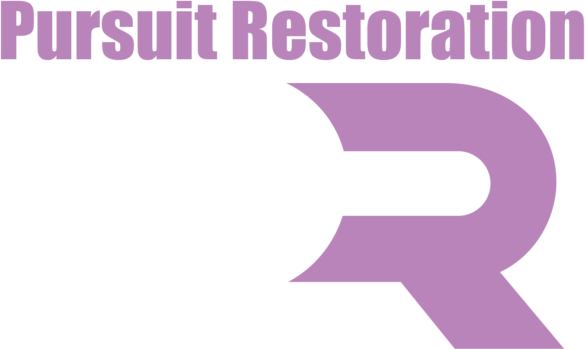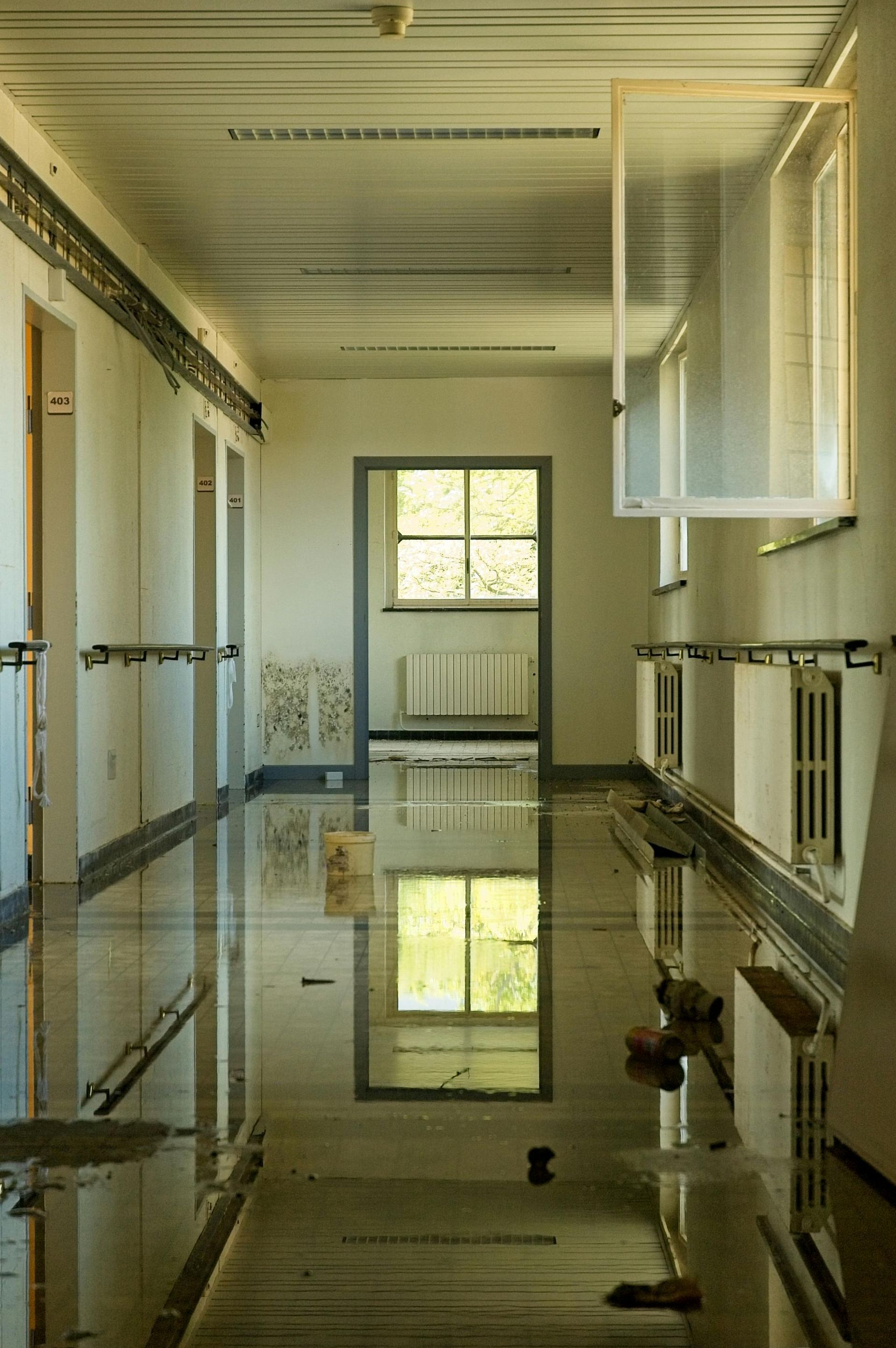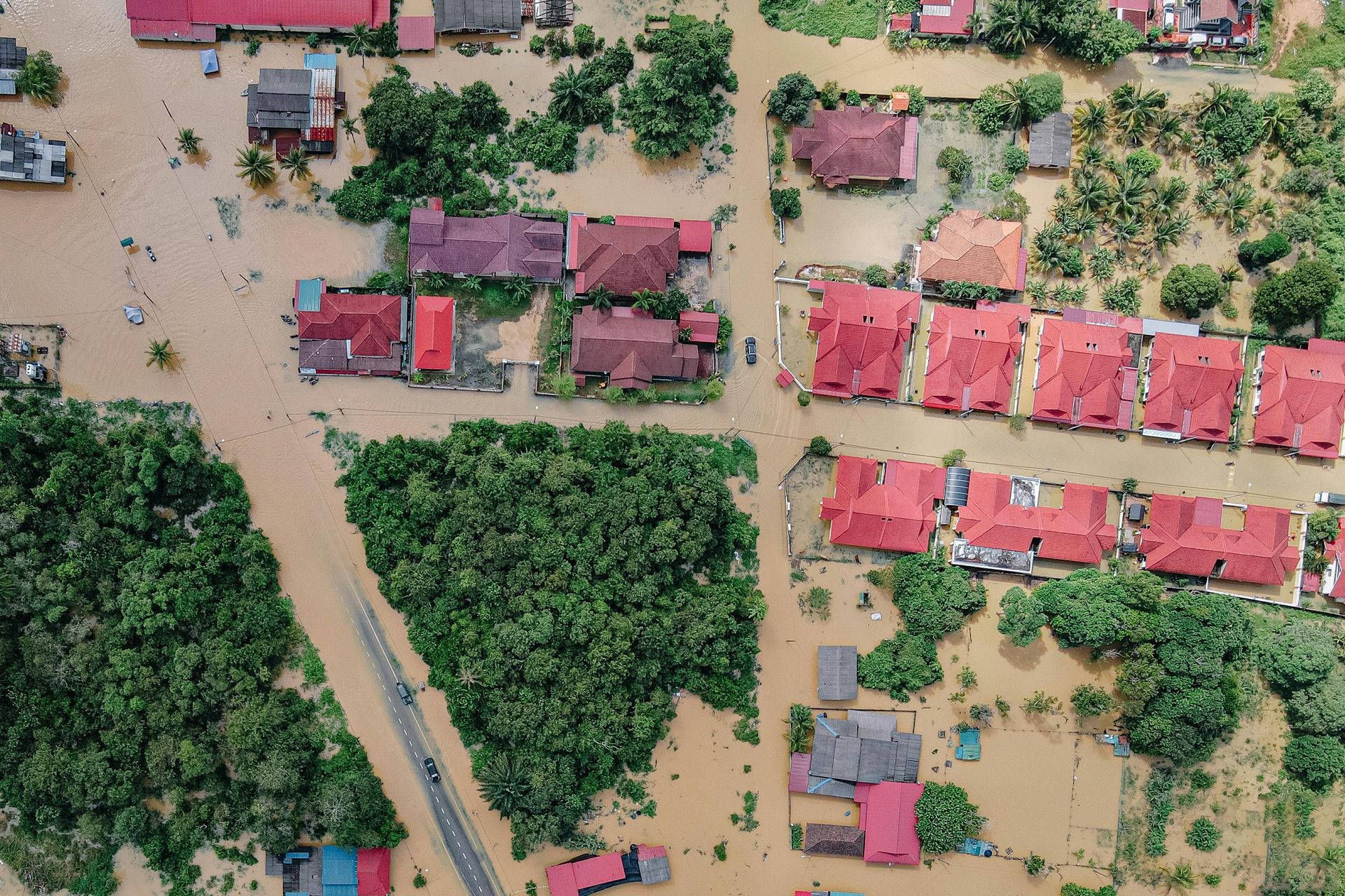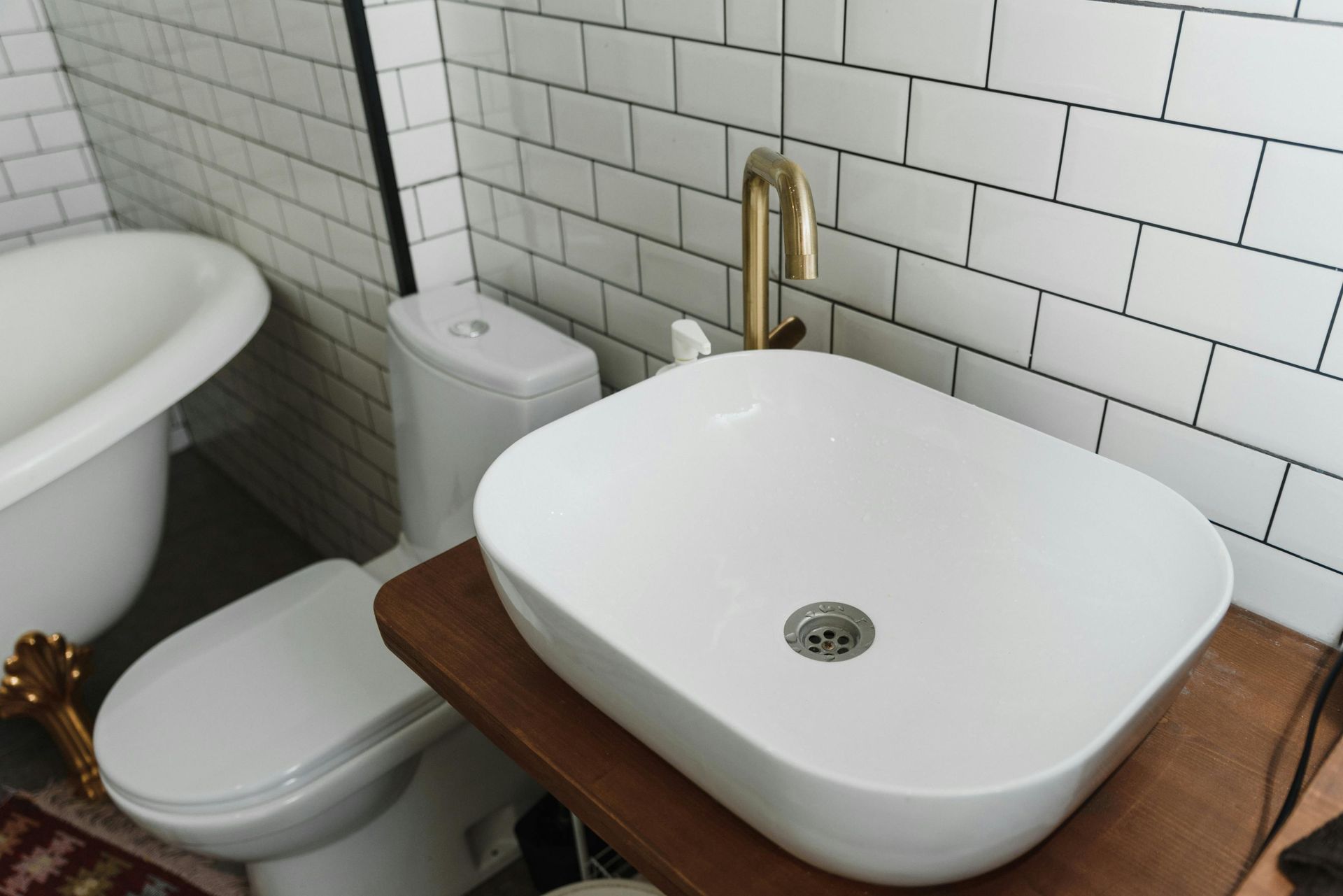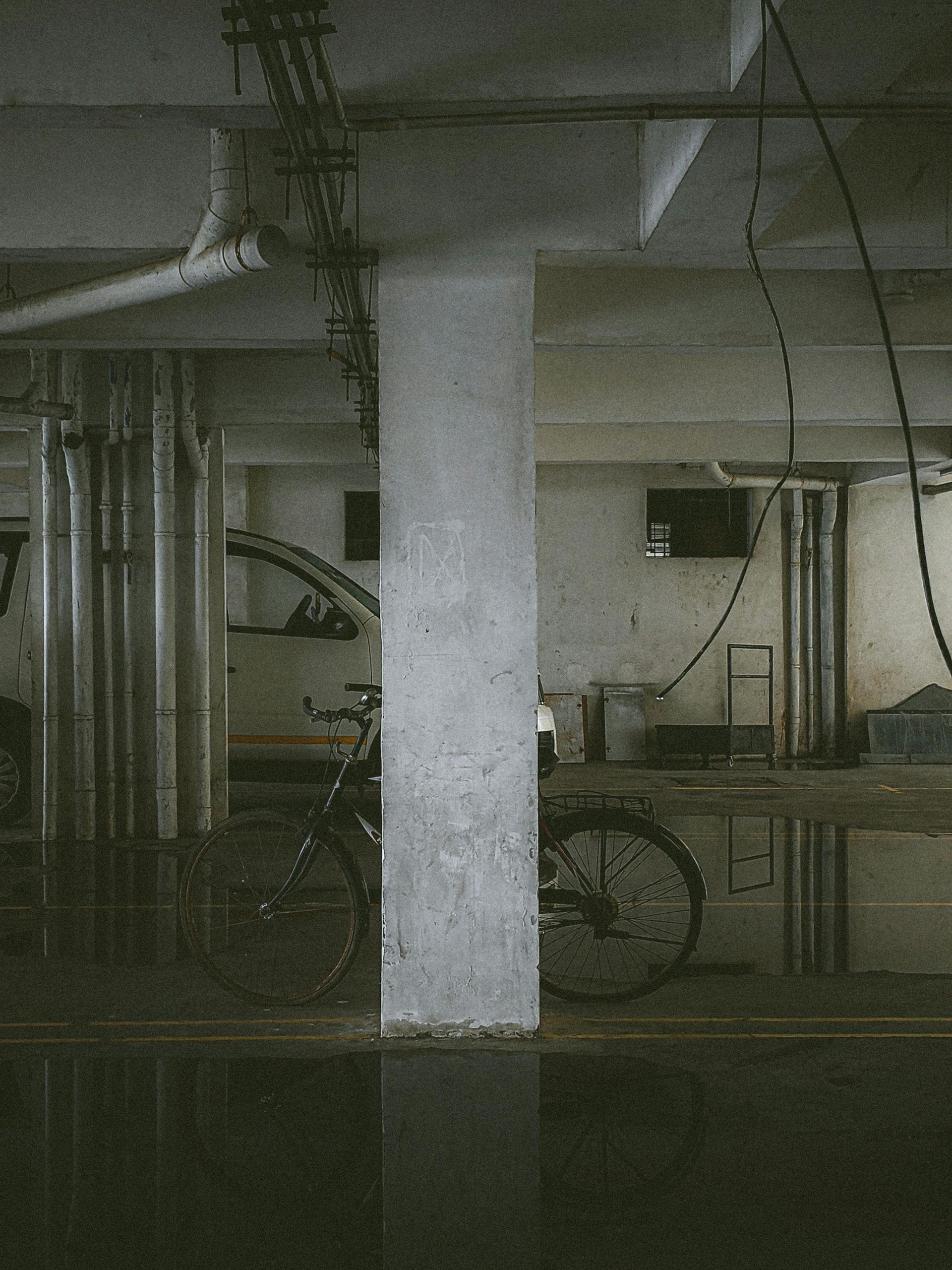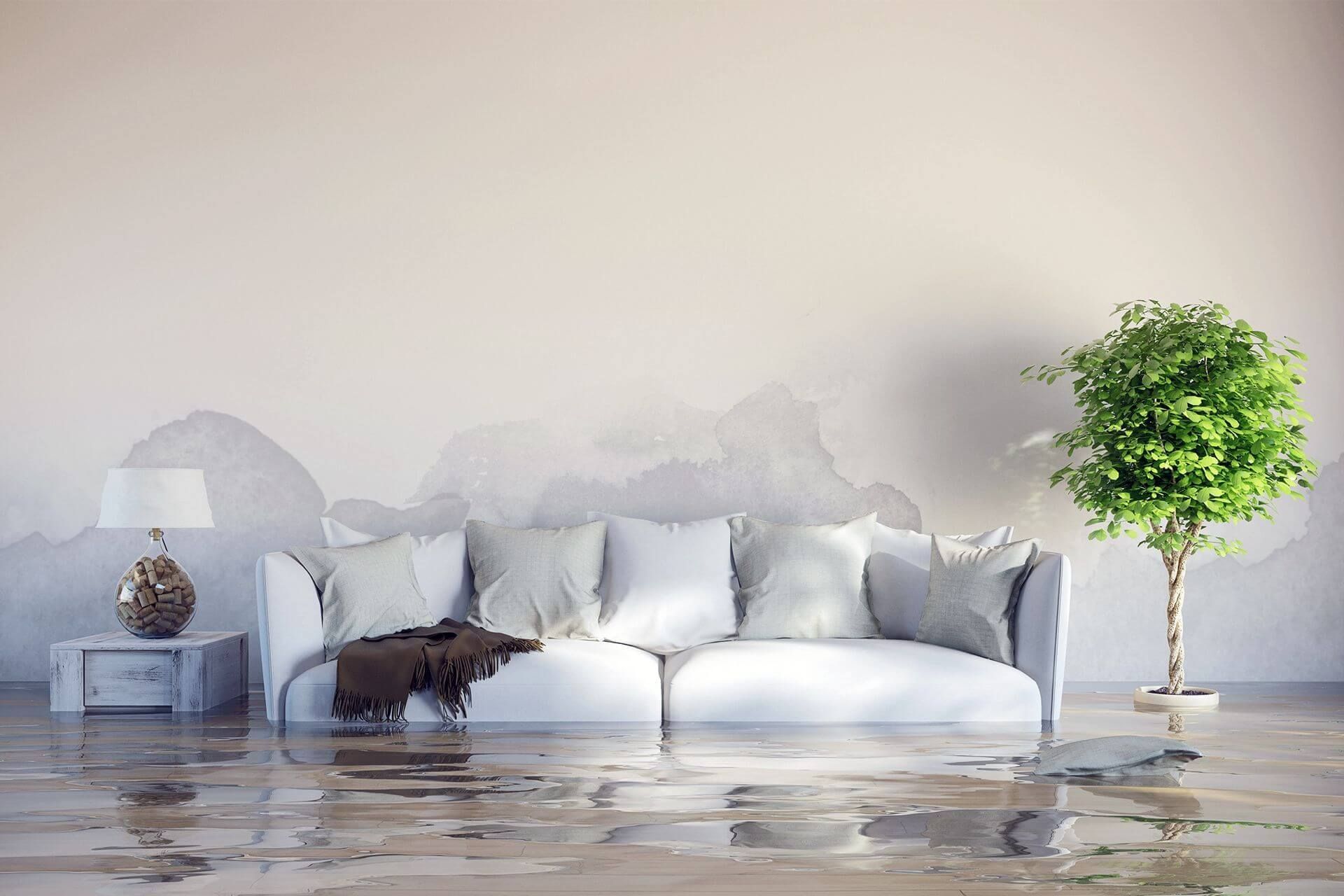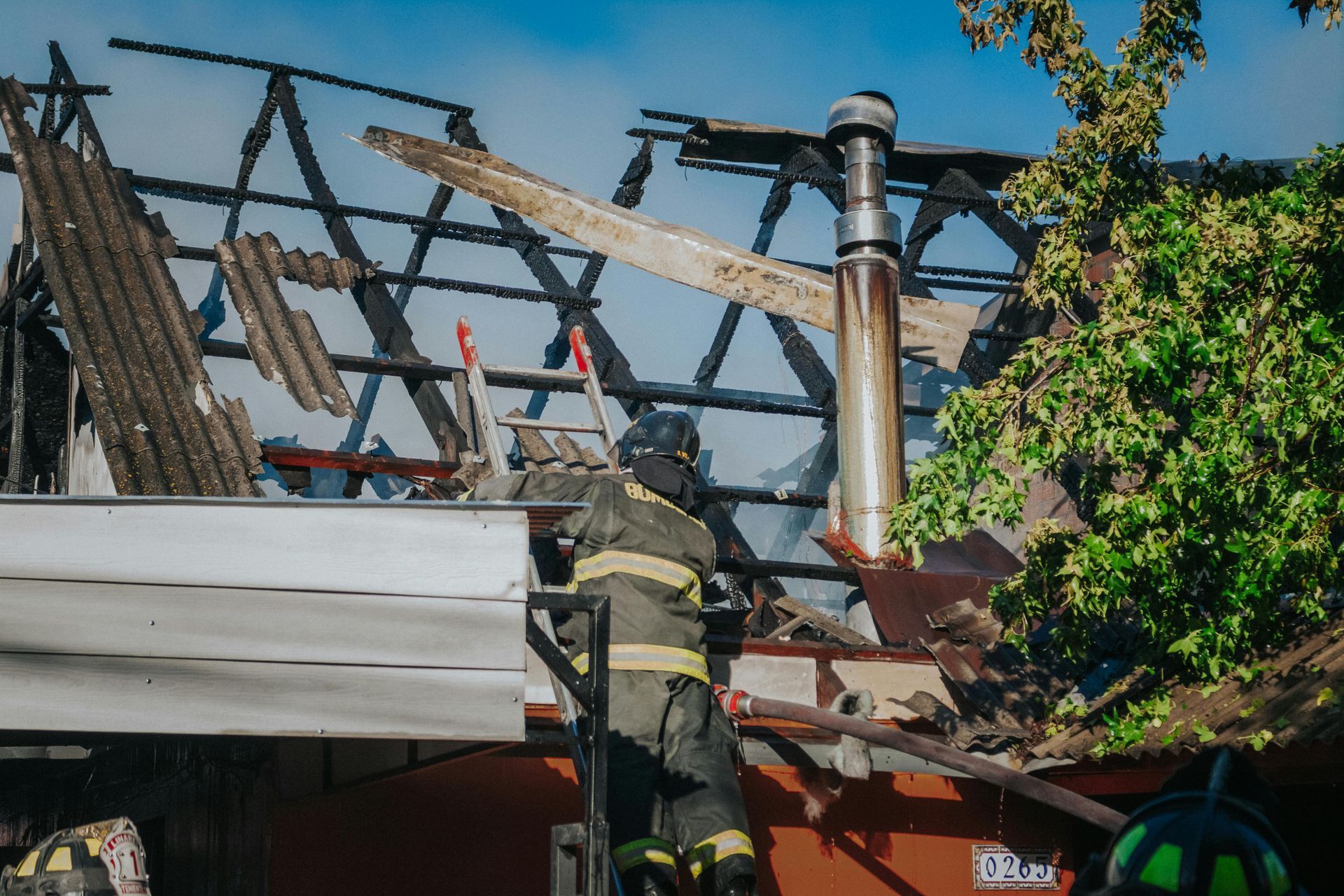Cleaning Sewage Water: Safe and Effective Techniques for Homeowners
Sewage water intrusion is more than just an inconvenience, it can cause lasting damage to your home and put your health at serious risk. Raw sewage carries harmful bacteria, viruses, and toxins that linger long after the mess is gone. If left untreated, even small leaks or backups can lead to mold growth, weakened structures, and unsafe living conditions.
The good news is that with the right cleaning methods, you can restore safety and protect your home. This guide will walk you through the hazards of sewage water, the safety steps you should never skip, and the most effective cleaning techniques. For homeowners in Boise dealing with sewage contamination, knowing when to handle the issue yourself and when to call professionals can make all the difference.
Key Takeaways
- Sewage water is full of harmful germs and chemicals that can make you sick and damage your home, so it’s important to clean it up carefully and quickly.
- Always wear protective gear and follow safety steps before you start cleaning to keep yourself and your family safe from dangerous bacteria and viruses.
- Removing soaked materials, pumping out the water, deep cleaning, and using strong disinfectants are key to making sure your home is truly clean after sewage spills.
- Drying the area well with fans and dehumidifiers, venting the space, and getting rid of bad odors help stop mold and keep your home smelling fresh.
- When the problem is big or you don’t feel confident, calling professionals is safer and more effective because they have the tools and training for a thorough cleanup.
Recognizing the Hazards of Sewage Water
Cleaning sewage water is not like handling a simple leak. It carries dangerous contaminants that can seep into your home and affect your health long after the water is gone. Knowing what is inside sewage water shows why thorough decontamination is a must.
Sewage water can contain:
- Bacteria. Harmful strains such as E. coli and Salmonella can be present. These bacteria cause severe stomach issues, food poisoning symptoms, and infections that spread quickly in unsanitary conditions.
- Viruses. Norovirus, rotavirus, and hepatitis A are common in sewage. They can cause flu-like symptoms, digestive illness, and liver complications, often spreading from contaminated surfaces or even airborne particles.
- Parasites. Microscopic organisms like Giardia and Cryptosporidium thrive in sewage water. They can survive in damp areas and lead to long-lasting digestive problems if they contaminate drinking water or food.
- Toxic chemicals. Household cleaners, paints, pesticides, and industrial runoff often mix into wastewater systems. These chemicals are harmful to breathe and can damage skin, lungs, or even your nervous system after exposure.
Even short-term contact with contaminated water can trigger health issues, and the longer sewage sits untreated, the more severe the risks become. This is why protective gear, specialized cleaning methods, and prompt action are critical whenever sewage water enters your home.
Essential Safety Precautions Before Cleaning
Before starting any sewage water cleanup, safety must be your top priority. Sewage contamination involves serious health risks, so preparing properly can protect you and your family from illness. Taking precautions helps avoid exposure to harmful pathogens and dangerous chemicals.
Here are critical safety steps to follow:
- Wear protective gear. Use waterproof gloves, face masks, and rubber boots to shield skin and prevent inhalation of harmful particles. Eye protection is also vital to avoid splashes. Proper gear creates a barrier against bacteria, viruses, and toxic substances.
- Shut off utilities. Turn off electricity and gas supplies to affected areas to reduce risk of electrocution or leaks. Sewage water and wet surfaces can create hazardous conditions around electrical outlets and appliances.
- Ensure proper ventilation. Open windows and doors if possible to circulate fresh air and reduce buildup of harmful gases like methane or hydrogen sulfide that accumulate in sewage. Good airflow improves safety during the cleanup process.
- Avoid direct contact. Never touch sewage water with bare hands, and avoid walking through contaminated areas without protective footwear. Pathogens can enter the body through cuts or mucous membranes.
- Have a plan for disposal. Contaminated materials and wastewater must be removed and discarded properly to prevent cross-contamination. Local regulations often require special handling for sewage waste.
Attempting sewage cleanup without adequate preparation and safety measures can lead to serious injury or illness. If the damage is extensive or you feel unsure, it's best to hire trained professionals with the right equipment for the job.
Methods and Tools for Effective Sewage Water Cleaning
Cleaning sewage water requires a detailed, step-by-step process to rid your home of harmful contaminants. Each method targets a specific part of the cleanup and helps restore safety and sanitation.
1. Removing Contaminated Materials
Removing flooded and soaked items is critical because they can trap bacteria and mold that regular cleaning won’t fix.
- Identify porous materials like carpets, drywall, insulation, and upholstered furniture that have come into contact with sewage water.
- Wear protective gloves and remove these items carefully to avoid spreading contaminants.
- Seal the contaminated materials in heavy-duty plastic bags to prevent leakage during disposal.
- Check local regulations for proper disposal methods to ensure safety and compliance.
- Replace removed materials with new, clean ones to prevent future contamination.
2. Extracting Sewage Water
Removing all standing sewage water quickly minimizes damage and reduces harmful exposure.
- Use a submersible pump or wet/dry vacuum designed for sewage extraction.
- Set up equipment with all necessary safety features, including GFCI outlets and grounded cords.
- Start pumping from the lowest point, working upward to remove water thoroughly.
- Dispose of extracted water according to local sewage regulations—never pour it into regular drains.
- Clean and sanitize equipment immediately after use to avoid cross-contamination.
3. Deep Cleaning Surfaces
Thorough cleaning removes dirt, organic matter, and germs embedded in surfaces.
- Apply a heavy-duty detergent or cleaner specifically made for biohazard contamination.
- Scrub floors, walls, baseboards, and other affected areas with stiff brushes or abrasive pads.
- Rinse surfaces well with clean water to remove detergent residues that can attract dirt.
- Repeat cleaning on stubborn spots or textured surfaces where germs hide.
- Use disposable cloths or mop heads to avoid spreading contaminants elsewhere.
4. Applying Professional-Grade Disinfectants
Disinfectants kill remaining pathogens that cleaning alone cannot, ensuring total sanitation.
- Choose disinfectants labeled effective against bacteria, viruses, and fungi found in sewage.
- Follow manufacturer instructions for dilution, application method, and contact time.
- Apply disinfectants evenly over all cleaned surfaces, using sprayers or mops.
- Allow disinfectants to sit for the required time for maximum effectiveness.
- Ventilate the area well during and after application to reduce fumes and speed drying.
Completing each of these steps carefully and systematically is essential to fully restore health and safety after sewage contamination.
Drying, Dehumidification, and Odor Control
After thoroughly cleaning and disinfecting, the next crucial step is to remove the remaining moisture and eliminate odors. Proper drying helps prevent mold growth and restores air quality in your home.
Use industrial fans and dehumidifiers
Industrial fans and dehumidifiers are the most effective tools for extracting moisture from walls, floors, and hidden spaces. Placing dehumidifiers in the most affected areas concentrates drying efforts, while keeping doors and windows open (when possible) enhances airflow. Fans should be moved regularly to ensure even drying and to prevent damp spots. It’s also important to empty dehumidifier water collection containers frequently to maintain their efficiency.
Monitor humidity levels
To prevent mold and bacterial growth, indoor humidity should be kept below 50%. Using a hygrometer helps you track moisture levels accurately throughout your home. Adjusting dehumidifier settings accordingly can maintain this target. Remember, everyday activities like cooking and showering can increase humidity, so controlling these sources and considering outdoor humidity in your drying plan is helpful.
Ensure proper ventilation
Proper ventilation aids moisture removal and freshens indoor air. Opening windows and doors whenever possible during and after drying allows humid air to escape. Exhaust fans in kitchens and bathrooms pull moist air outside, improving airflow. Avoid sealing off the area too tightly while drying, as trapped moisture can prolong the problem. Continuing ventilation after drying prevents dampness from returning.
Treat lingering odors
Odors from sewage water can linger despite thorough cleaning. Odor-neutralizing sprays are better than masking agents because they eliminate smells at their source. Natural odor absorbers like activated charcoal or baking soda help soak up smells, and air purifiers with HEPA and carbon filters provide ongoing odor control. For persistent odors, professional ozone or thermal fog treatments can neutralize smells deep within materials. Don’t forget to clean HVAC filters and ducts to stop odors from circulating.
Perform a final inspection
A final inspection ensures the drying was successful and no moisture or mold remain. Check hidden areas such as behind walls, under floorboards, and inside crawlspaces. Moisture meters can detect dampness invisible to the eye. Look for discoloration or musty smells as indicators of mold growth. If moisture or mold is found, further cleaning and drying are necessary. When mold is suspected but not obvious, professional assessment can help ensure your home’s safety.
Taking these steps thoroughly will help ensure your home is safe, clean, and comfortable after sewage water contamination.
Challenges in DIY Sewage Cleanup
Taking on sewage cleanup yourself may feel like a way to save money, but it brings many challenges that can affect both your health and property. Sewage often hides in cracks, crawlspaces, and inside walls — spots that are tough to find and clean. Without professional-grade protective gear and training, you risk exposure to bacteria, viruses, and toxic chemicals that can cause serious illness..
Disposing of contaminated materials safely is also complicated. Many homeowners don’t know the local rules for sewage waste, which can lead to fines or environmental harm. Cleaning products and tools available at home often aren’t strong enough to fully disinfect, so germs can linger after cleanup. All of these factors make DIY sewage cleanup risky and often incomplete.
When to Call Professionals
There are clear signs when you should get professional help. If sewage contamination covers a large area or soaks into your home’s structure or HVAC system, professionals should handle it. Persistent mold growth or strong odors after cleaning also mean experts are needed.
Families with children, elderly residents, or anyone with weakened immunity should avoid DIY cleanup because professionals minimize health risks. Lastly, professionals are licensed to follow laws about waste disposal and cleanup documentation, making the process safer and compliant.
| Aspect | DIY Sewage Cleanup | Professional Sewage Cleanup |
|---|---|---|
| Equipment | Basic household tools and limited protective gear | Industrial pumps, fans, dehumidifiers, full PPE |
| Safety | Higher risk of exposure to pathogens and chemicals | Strict safety protocols and specialized training |
| Cleaning effectiveness | Risk of incomplete cleaning and lingering contamination | Thorough cleaning, disinfecting, and sanitation |
| Disposal | May not meet local regulations; improper disposal | Certified waste disposal compliant with laws |
| Detection of hidden issues | Difficult to identify hidden contamination and mold | Use of moisture meters and mold detection tools |
| Cost | Lower upfront cost but higher risk of future problems | Higher initial cost but better long-term protection |
| Time and effort | Time-consuming and physically demanding | Efficient and faster cleanup process |
| Health risk | Higher risk for vulnerable individuals | Minimizes health risks for all occupants |
DIY cleanup might seem cheaper at first, but incomplete cleaning puts your home and health at risk, leading to costly problems later. Hiring professionals costs more upfront but provides thorough, safe, and long-lasting results.
Preventing Future Sewage Water Problems
Taking proactive steps can help protect your home from sewage backups and the costly damage they cause. Consider these prevention tips:
- Avoid pouring grease, oils, and large items down drains. Grease and oils solidify in pipes, blocking water flow and leading to backups. Large objects can clog plumbing, causing serious drainage issues.
- Inspect and maintain plumbing regularly. Frequent checks for leaks, damaged pipes, and signs of corrosion let you fix minor issues before they escalate into major problems.
- Install backflow prevention devices. These devices block sewage from flowing back into your home during heavy rain or municipal sewer failures, keeping your property safe.
- Schedule sewer line inspections and cleanings. Professional maintenance removes buildup and detects blockages early, preventing full plumbing backups.
- Address slow drains, odors, or gurgling sounds promptly. These warning signs often point to developing clogs or sewer issues that can worsen if ignored.
- Keep trees away from sewer lines to avoid root damage. Tree roots can infiltrate pipes searching for water, causing cracks and blockages.
- Clear storm drains and gutters to prevent water buildup. Proper drainage around your home reduces pressure on sewer lines and lowers the risk of overflow.
Following these simple steps strengthens your home's defense against sewage contamination, helping protect your family and property.
Ensuring Safe and Effective Sewage Water Cleanup
Proper sewage water cleanup is vital to protect your health and prevent lasting damage to your home. Sewage contains harmful bacteria, viruses, parasites, and toxic chemicals that require thorough cleaning and disinfection to eliminate. Whether you choose to handle minor contamination yourself or call in professional sewage water remediation services for severe cases, acting quickly and following safety guidelines is crucial to restore a safe and healthy environment.
When sewage damage is extensive, professional restoration experts offer the best defense. They use specialized equipment and proven techniques to remove contaminants, prevent mold growth, and eliminate odors. Protect your home and family by addressing sewage water problems promptly, and consider trusted professional help to ensure a complete and lasting cleanup.
Get Trusted Help for Sewage Water Cleanup Today
Dealing with sewage water in your home is serious, but you don’t have to face it alone. Pursuit Restoration offers expert sewage cleanup and restoration services that protect your health and restore your home safely. Whether it’s a small spill or extensive damage, our trained professionals use the right tools and methods to get your home back to normal quickly and effectively.
Don’t wait until problems worsen.
Schedule a service online now or call us at
(208) 515-6503 to learn how we can help you protect your home and family.
